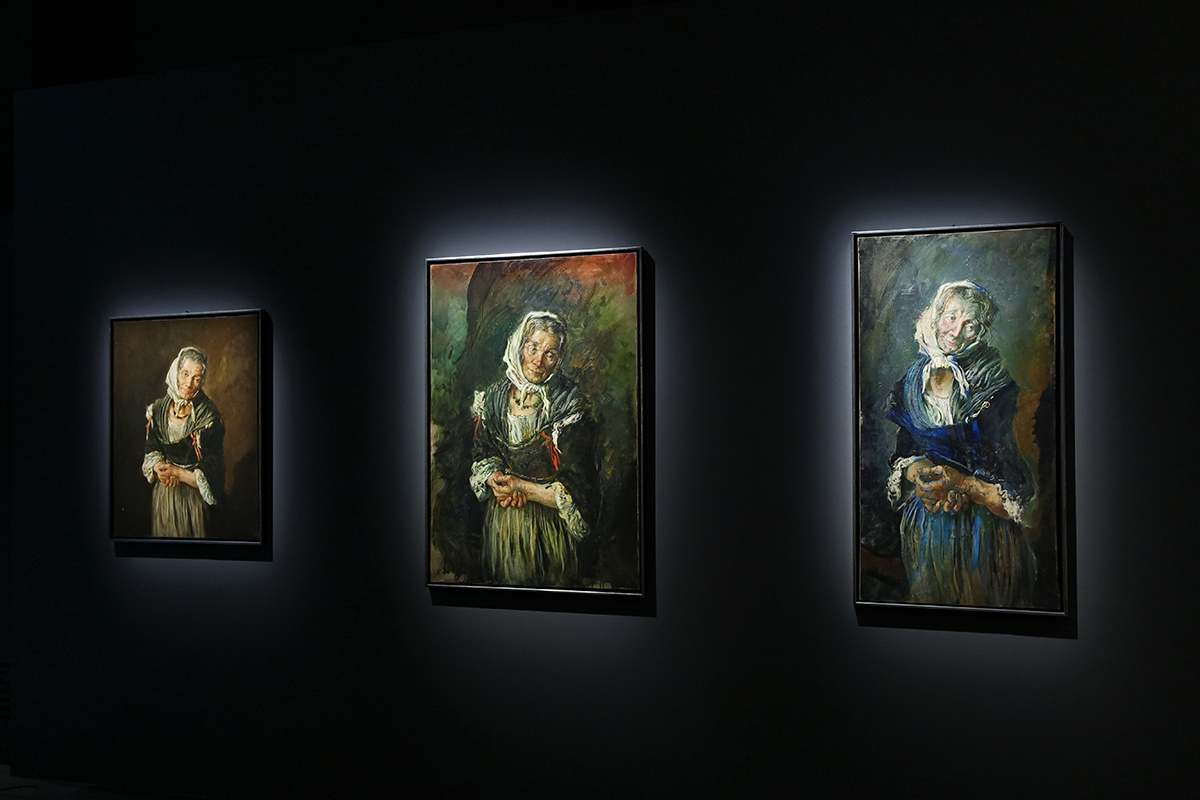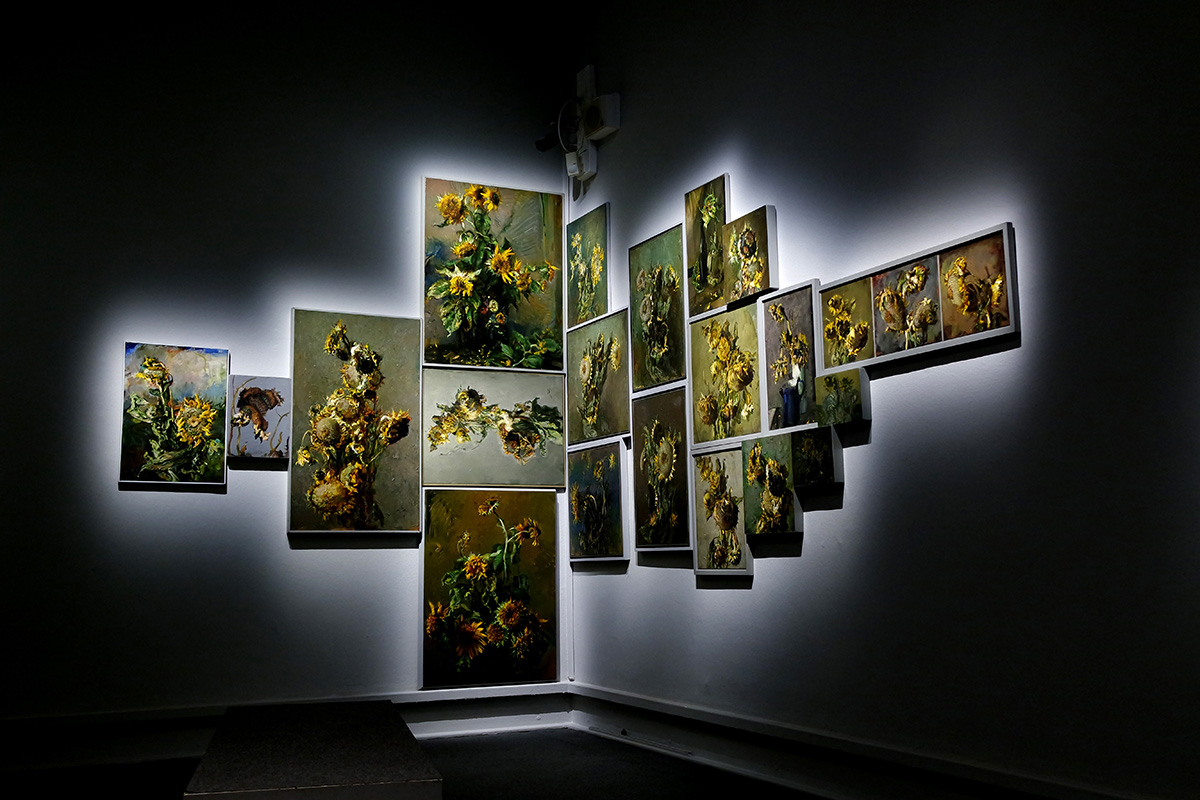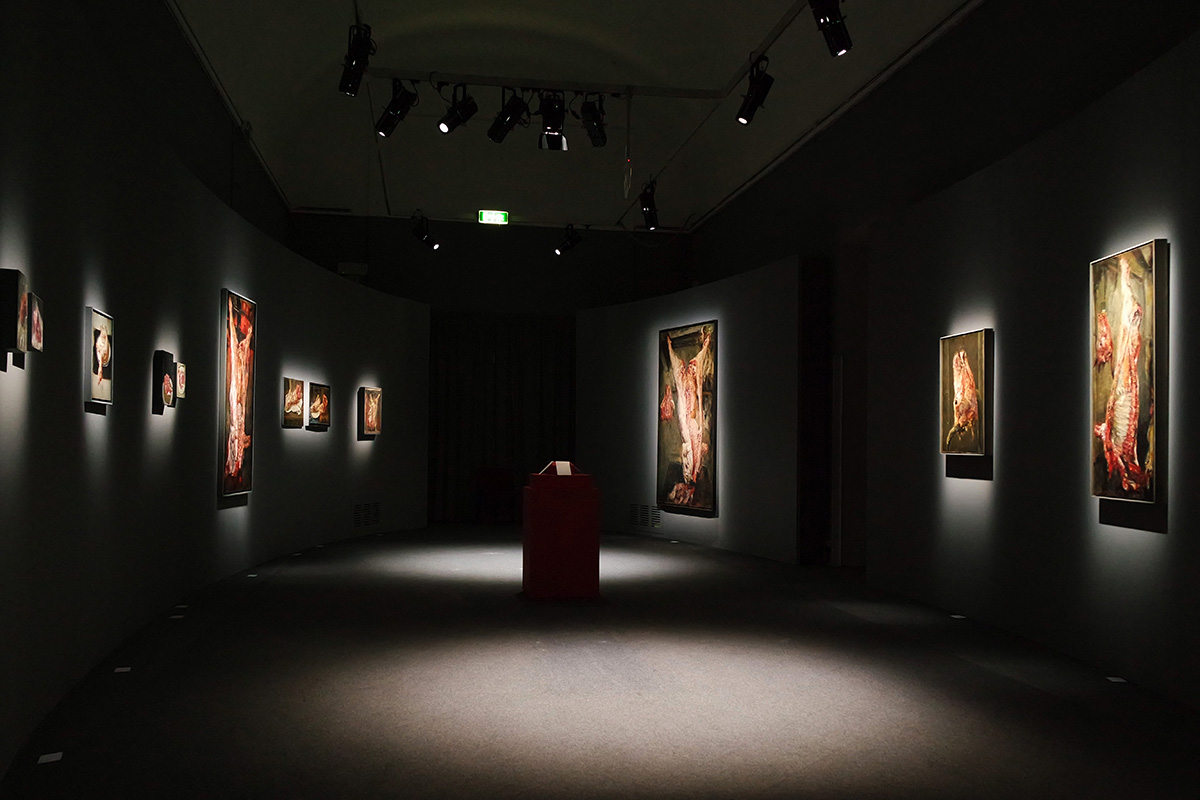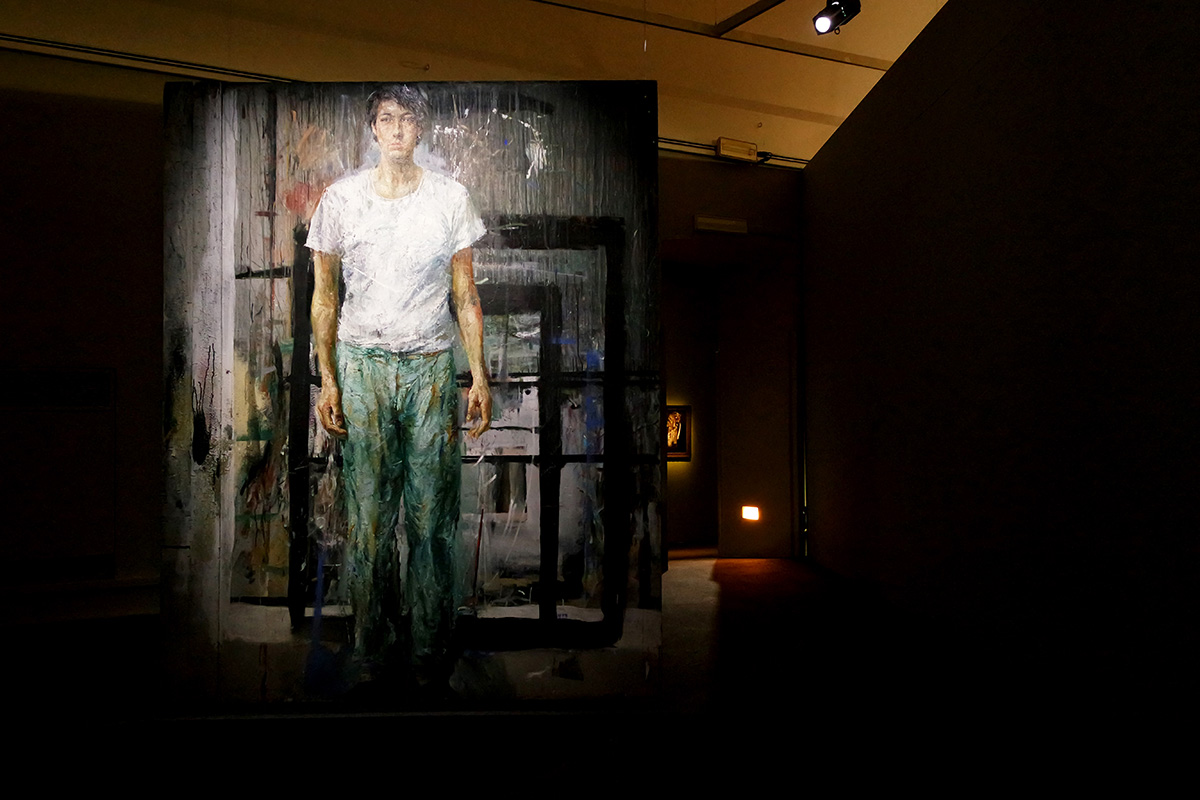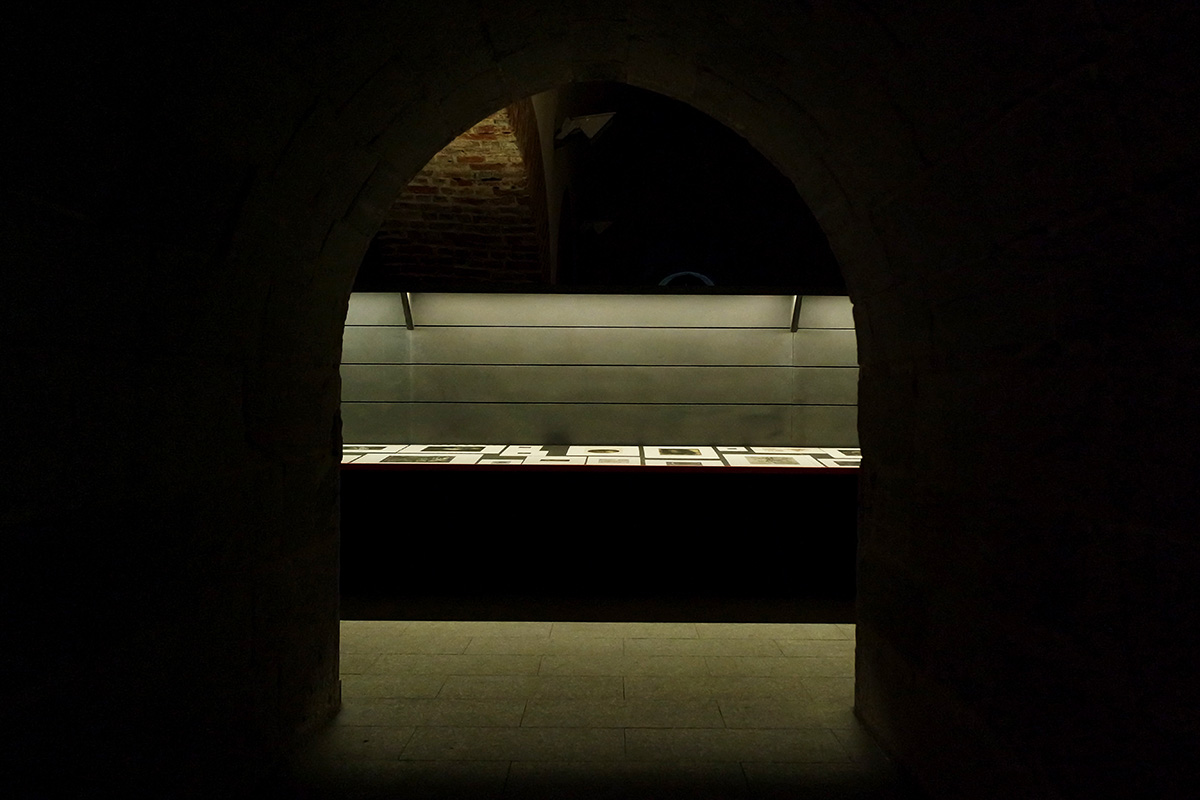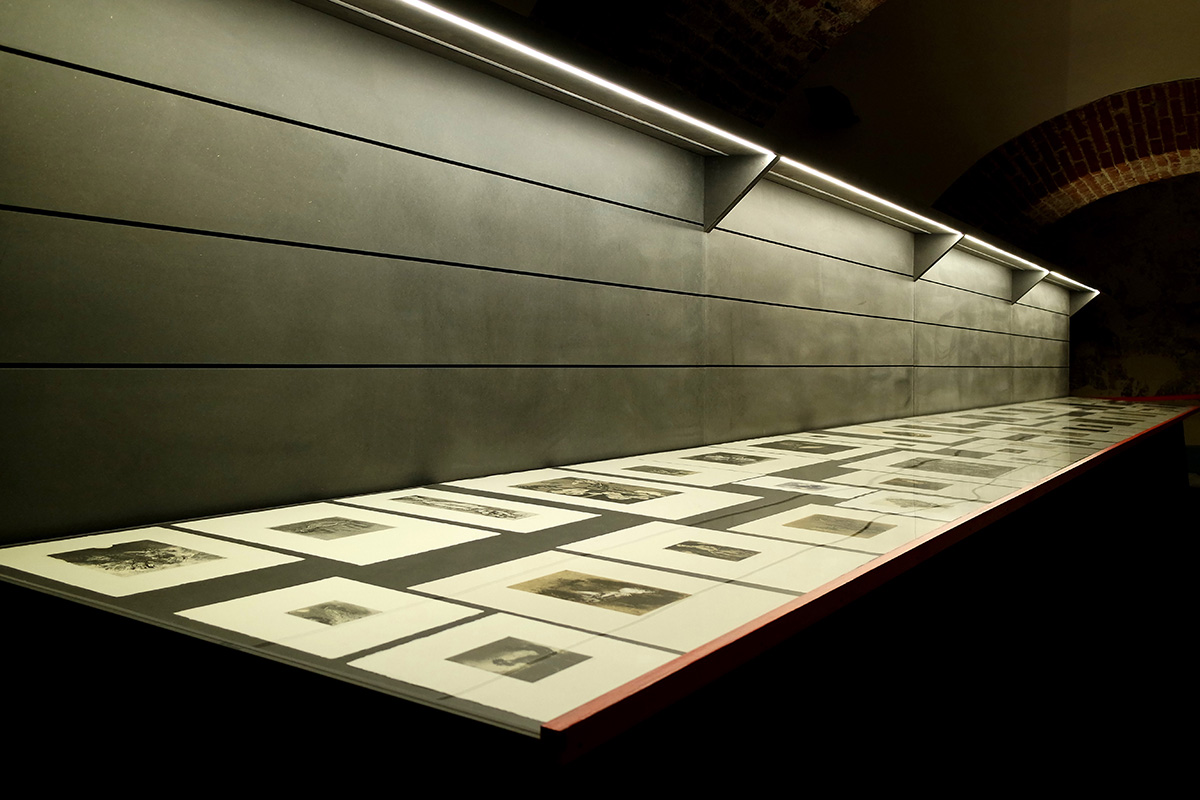GIANCARLO VITALI “TIME OUT”
Palazzo Reale – Castello Sforzesco – Museo di Storia Naturale, Milano
Palazzo Reale, la più prestigiosa sede espositiva di Milano, ospita la grande antologica che con 200 opere delinea un percorso espositivo diviso in dieci sezioni tematiche che coprono tutto l’arco della produzione di Giancarlo Vitali. “Giancarlo Vitali. Time Out” accompagna il visitatore in un viaggio di oltre settant’anni che parte dai primi dipinti degli anni Quaranta, già apprezzati da Carlo Carrà, passando per le opere degli anni Ottanta e Novanta, esaltate da Giovanni Testori, fino all’ultima ed inedita produzione. In concomitanza con l’esposizione di Palazzo Reale sono previsti tre progetti tematici in altrettante sedi cittadine attraverso una rilettura critica dell’intero percorso dell’artista. C14 con il curatore Velasco Vitali si occupa della direzione artistica e dell’allestimento per le tre sedi di Palazzo Reale, Castello Sforzesco e Museo di Storia Naturale.
Al Palazzo Reale si accede al percorso espositivo attraverso il bookshop, l’ambientazione ripropone un elegante salotto, uno spazio confortevole dove sfogliare libri d’artista e cataloghi, arredato da Promemoria partner ufficiale della mostra. Si continua attraverso undici sale illuminate con proiettori e sagomatori Led, in un’alternanza di caldi e freddi in accordo con l’allestimento ed i colori delle opere esposte.
Al Castello Sforzesco, un’installazione in Sala Viscontea introduce il visitatore nell’universo dell’incisione di Giancarlo Vitali, siamo nel laboratorio dell’artista dove le lastre sospese a mezz’aria sono pronte per l’affumicatura. Nella Sala dei Pilastri Alexander Bellman disegna con Romeo Sozzi il tavolo Set-up un elemento espositivo inclinato e precario, supportato da cavalletti provvisori ed irregolari. “Si tratta di un possibile tavolo da lavoro ideale per l’incisore, costruito senza una regola classica ed in risposta immediata ed istintiva alle esigenze funzionali e alle variabili del momento, che si tratti di processi di acidatura, di affumicatura o di inceratura delle lastre. Il disegno formale è quindi interpretazione personale di un ipotetico processo di autocostruzione necessaria e spontanea.”
Il viaggio prosegue al Museo di Storia Naturale con un focus tematico dedicato a “Le forme del tempo”, cioè ai fossili e ai ritrovamenti geologici. Il nucleo di opere esposte è stato realizzato da Vitali nel 1991 in occasione del centenario della morte dell’Abate Antonio Stoppani, geologo e Direttore del Museo di Storia Naturale dal 1882 al 1891. Il dialogo tra i fossili veri e quelli dipinti dall’artista suggerisce una possibile e fantasiosa passeggiata naturalistica nel solco della pittura lombarda, qui interpretata da uno scrittore contemporaneo. In questa sede le opere sono esposte sul Miss Ultin, disegnato da Alexander Bellman nel 2009 “Miss Ultin, è un tavolo espositivo in ferro crudo di 16 elementi per 14 opere. Replica la forma scheletrica di un enorme pesce lacustre ed è interprete di un lentissimo processo di trasformazione/fossilizzazione. Il rapporto istantaneo tra un’ideale tensione superficiale della pelle e la contrazione interna della lisca ne genera la forma dinamica ed impaurita, mentre l’energia del movimento rimane imprigionata nella durezza e nella precisione delle linee che ne definiscono i limiti di disegno, modificando il bilanciamento dei pieni e dei vuoti e facendo evolvere la struttura fisica originale in impronta atemporale.”
Palazzo Reale – Sforzesco Castle – Natural History Museum, Milan
Palazzo Reale, the most prestigious exhibition venue in Milan, currently houses an extensive collection comprising 200 pieces of work divided into 10 topic areas which cover the entire body of work produced by Giancarlo Vitali to date. “Giancarlo Vitali. Time Out” takes visitors on a journey lasting over seventy years beginning with the first paintings produced in the 1940’s, which at the time were admired by Carlo Carrà, and moves on to works from the Eighties and Nineties, celebrated by Giovanni Testori, right up to the most recent pieces. In conjunction with the show at Palazzo Reale there are three more themed projects at three different locations in Milan supplying visitors with a critical reading of the artist’s entire creative journey. C14, along with the curator Velasco Vitali, acts as creative director and is in charge of the display of the exhibitions at Palazzo Reale, Sforzesco Castle and the Natural History Museum.
At Palazzo Reale the exhibition begins at the bookshop , the setting creates an elegant drawing room, a comfortable space where visitors can leaf through art books and catalogues, the space is furnished by Promemoria, the exhibition’s official partner. This is followed by eleven rooms lit by LED projectors and profile spotlights, which alternate between warm and cool, in accordance with the setting and the colours within the works of art on display.
At Sforzesco Castle, an installation in Sala Viscontea introduces visitors to the world of Giancarlo Vitali’s engravings, in the artist’s workshop metal plates are suspended mid-air ready for the smoke stage. In Sala dei Pilastri Alexander Bellman and Romeo Sozzi have designed the Set-up table, a tilted, unstable display element, supported by temporary, irregular trestles. “This possible workbench is ideal for an engraver, built without following any classic rules and in response to immediate and instinctive functional needs and variables of the moment, be it the acid process, the smoke print stage or plate waxing. The formal design is therefore a personal interpretation of a hypothetical self-construction process which is both necessary and spontaneous.”
The itinerary continues at the Natural History Museum, where the focus is on “Le forme del tempo” (Shapes of time), specifically, fossils and geological artefacts. The main body of works on display were created by Vitali in 1991 for the centenary of the death of Abbott Antonio Stoppani, geologist and Director of the Natural History Museum between 1882 and 1891. The dialogue between real fossils and fossils painted by the artist suggests a possible, imaginative nature walk through Lombard painting, interpreted here by a contemporary writer. Here, the works of art are displayed on Miss Ultin, designed by Alexander Bellman in 2009 “Miss Ultin, is an iron display table composed of 16 elements for 14 works of art. It echoes the skeleton of a huge lake fish and interprets the slow process of transformation/fossilisation. The instantaneous relationship between the ideal surface tension of the skin and the internal contraction of the bones generates a dynamic, fearful shape, while the energy of the movement remains imprisoned by the hardness and precision of the lines defining the edges of the design, thus modifying the balance between filled and hollow and allowing the original physical structure to evolve in a timeless fashion.”



